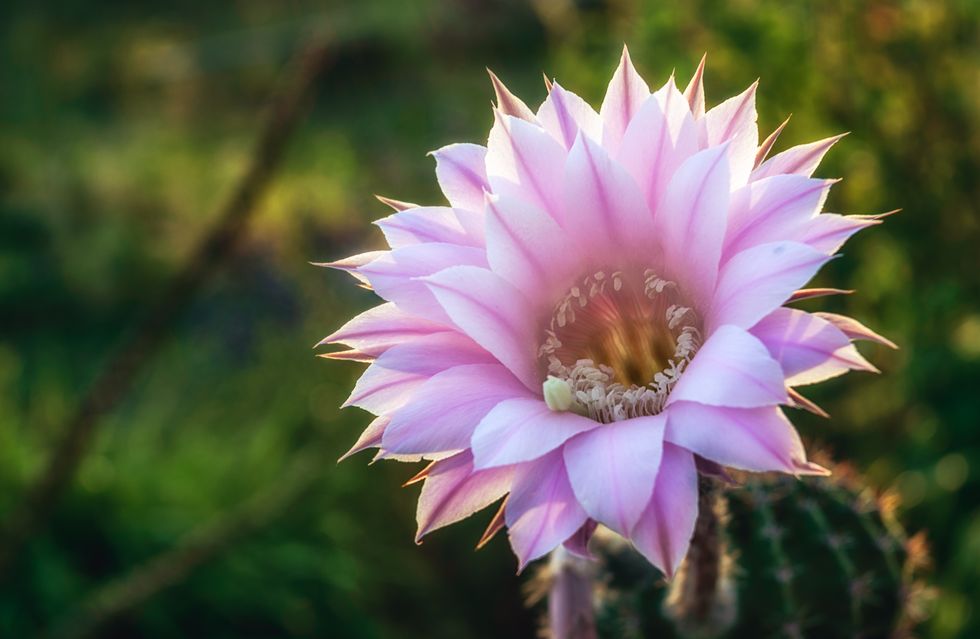Royal Horticultural Society gardening tips
RHS
Soil preparation is an essential step in setting the stage for successful growth
Don't Miss
Most Read
Trending on GB News
As spring arrives, gardeners across the UK are preparing their plots for the growing season ahead.
But after the harsh winter months soil risks becoming compacted and waterlogged due to snow and frost.
This compaction can prevent proper airflow, water movement, and nutrient absorption for plants, according to garden gazebo expert at Gazeboshop, Samantha Richards.
Preparing your soil properly now will set the foundation for a successful growing season.

Aerated soil will promote better growth in flowering plants
PAGarden experts recommend three key steps: aerating compacted soil, adding organic matter, and applying mulch at the right time.
These simple techniques can transform winter-damaged gardens into thriving spring havens.
Samantha explained: "It's important to aerate your soil to ensure that airflow, water, and essential nutrients can reach the roots effectively.
"For water-logged soil, this process also helps prevent water from pooling on the surface."
You can easily tackle this job yourself using an aerator or garden fork to create small holes in soil beds. These holes should typically be two to four inches deep, reaching where most plant roots grow.
For particularly compacted or clay-heavy soil, you can go deeper, but Samantha advised not exceeding six inches to avoid disturbing the natural soil structure.
She described adding organic matter as "a gardener's secret weapon for building healthy and fertile soil."
Mixing compost, aged manure or fallen leaves into beds enriches soil with nutrients and improves structure.
This creates a looser texture, allowing plants to root more easily. It's particularly beneficial for sandy soil common in coastal areas like Norfolk, Suffolk and Cornwall.
Organic matter increases moisture retention while enhancing drainage to prevent water-logging and promote beneficial microorganisms, attracting earthworms that naturally aerate the soil.

Healthy soil contributes to a vibrant ecosystem
GETTYThese elements contribute to a vibrant ecosystem supporting overall plant health.
The final step in spring soil preparation is applying mulch, which Samantha recommends doing "from mid to late spring" to help "retain moisture in the summer".
The application process is straightforward regardless of mulch type. Samantha: "Start by preparing the ground and removing any weeds."
Lay about 5cm of mulch onto beds or around key plants using a spring tine rake or garden fork.
Samantha added: "Make sure you spread the mulch around so it's evenly distributed, and make a little room around the base of trees and shrubs because you don't want them in direct contact with it."








